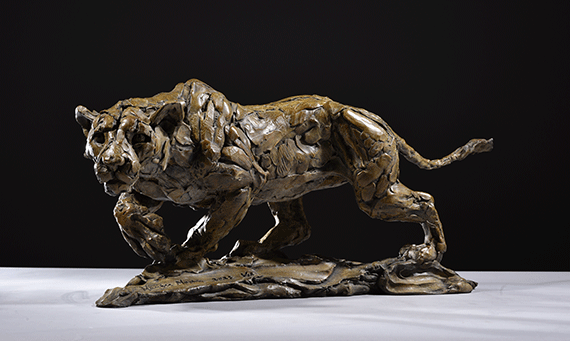Figurative Art
Figurative art, rooted deeply in the history of visual expression, reflects the human experience by depicting recognizable forms, often human figures or animals. Unlike abstraction, figurative art aims to mirror reality, but it is by no means limited to simple representation. Artists within this genre often infuse their subjects with narrative, emotion, or symbolic meaning, bridging the gap between the viewer and the work through a shared understanding of the physical world.
Historically, figurative art can be traced back to the Renaissance, where masters like Michelangelo and Leonardo da Vinci perfected the depiction of the human form. Their works celebrated anatomical precision and the beauty of the human body, all while conveying profound stories of mythology, religion, and history. The tradition continued through to the Baroque period with artists like Caravaggio, whose dramatic chiaroscuro lighting added emotional intensity to the scenes he depicted.
In contemporary times, artists such as Paul Wright and James Gillick keep the figurative tradition alive, but with modern twists. Wright’s vigorous brushstrokes and dynamic compositions breathe life into his portraits, offering a sense of movement and personality within a static image. Meanwhile, Gillick’s classical techniques are juxtaposed with modern themes, bridging old and new. Clifford Bailey’s work, too, stands out for its jazzy, timeless portrayal of figures in social settings, channeling a sense of nostalgia for a bygone era.
Figurative art endures because of its ability to tell stories and capture the essence of the human spirit. Whether through realistic portrayal or an impressionistic approach, these works offer a window into our shared experiences, grounding us in the physical while also elevating us through the emotions they evoke.















